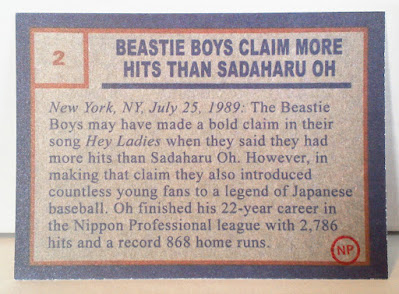Welcome back to The 1982-83 O-Pee-Chee Dating Game, where we'll randomly select three eligible bachelors from the set and you, the reader, will choose which one wins that date with a special lady. How do we know they're bachelors? Why, it says so right on the back of their hockey cards, that's how!
Previous episodes are available here.
The big winner of episode 10 was Glenn Anderson.
Now, let's start the 11th round and introduce the bachelors chosen by the randomizer! [APPLAUSE]
Bachelor number 1: Left wing from the New York Rangers, Don Maloney
Bachelor number 2: Left wing from the St. Louis Blues, Jorgen Pettersson
Bachelor number 3: Center from the New York Rangers, Mark Pavelich
For the first time we've got two players from the same team vying for a date with a special lady!
Let's find out about all three gents from the back of their cards.
Bachelor number 1: Canadian man Don Maloney, who's ever so close to reaching the 30-goal mark for a season.
Bachelor number 2: Swedish man Jorgen Pettersson, who plays golf and tennis in the summer sun.
Bachelor number 3: American man Mark Pavelich, a 1980 Miracle Olympian and fishing enthusiast.





















